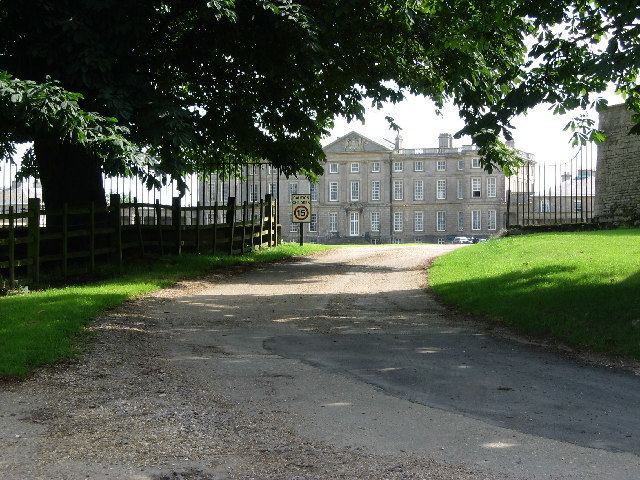Area 4.8 sq mi (12 km) OS grid reference SK882104 Local time Tuesday 4:36 AM Dialling code 01572 | Population 577 2001 Census Unitary authority Shire county Rutland | |
 | ||
Weather 3°C, Wind W at 19 km/h, 92% Humidity | ||
Burley, or Burley-on-the-Hill, is a village and civil parish in the county of Rutland in the East Midlands of England. The population of the civil parish was 577 at the 2001 census, including Egleton but reducing to 325 at the 2011 census. It is located two miles (3 km) north-east of Oakham.
Contents
Map of Burley, UK
In the parish, north of the village, is Alstoe, the site of a possible small motte-and-bailey castle. Alstoe was the name of a hundred.
In 1379 Sir Thomas le Despenser granted the Burley manor to trustees, two of whom were his brother Henry, Bishop of Norwich and his nephew Hugh le Despenser. Thomas died without issue in 1381, when at the outbreak of the Peasants' Revolt, Henry was at Burley and travelled to Norwich to confront the rebels.
The Old Smithy on the village green was used in advertisements for Cherry Blossom shoe polish in the 1920s.
Ashwell Prison, was located about one mile (2 km) west of the centre of the village. Previously the site was a World War II US army base, home to part of the 82nd Airborne Division. The prison closed in March 2011 and has been redeveloped as Oakham Enterprise Park, a business park for office and light industrial use.
Burley-on-the-Hill House
The mansion in the village overlooks Rutland Water. The house in the manner associated with Sir Christopher Wren, was built in the 1690s by the 2nd Earl of Nottingham, who was to a large extent his own architect and involved himself in the minutiae of construction, but employed Henry Dormer (died 1727) to supervise its building. Nottingham replaced Dormer with John Lumley in 1697. Before embarking on the project, Lord Nottingham consulted Sir Christopher Wren and had measurements taken at Berkeley House and Montagu House in London. The house, in an H-plan, has a pedimented central block and lightly projecting end pavilions. With its symmetrical wings and outbuildings forming a cour d'honneur, and segmental walling linking matching blocks in a larger outer grassed court, it forms one of the most ambitious aristocratic ensembles of the late seventeenth century.
A dining room was designed for the 8th Earl of Winchilsea, and installed in 1778.
In 1908, a fire broke out during a party attended by Winston Churchill, destroying the west part of the house.
The mansion was converted into 6 dwellings by Kit Martin in 1993–98, with a further 22 dwellings on the estate. Previously the estate had been purchased by Asil Nadir in 1991.
Church
The church of the Holy Cross, adjacent to the mansion, is in the care of the Churches Conservation Trust. It contains a moving memorial by Sir Francis Chantrey to Lady Charlotte Finch (1820).
Cricket venue
George Finch, 9th Earl of Winchilsea, lived at the mansion in the late 18th century and used its grounds to stage a number of cricket matches, six of them first-class, between 1790 and 1793. As late as 1814, the venue was used for a Rutland v Nottingham game.
